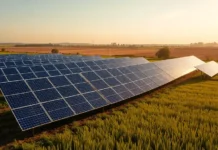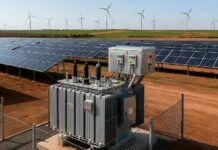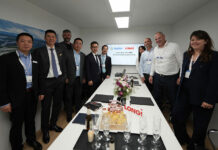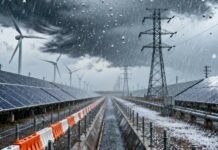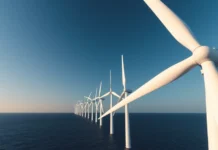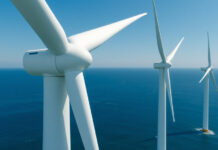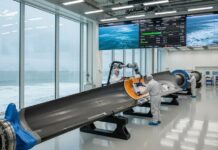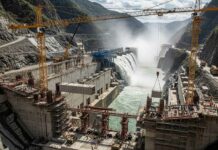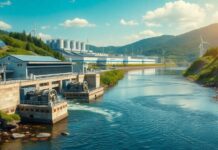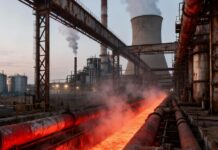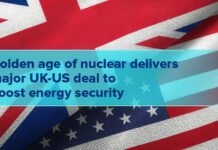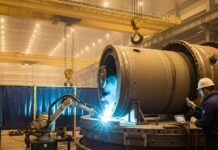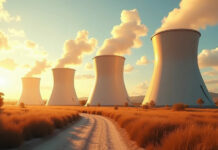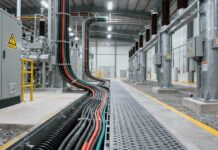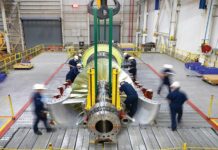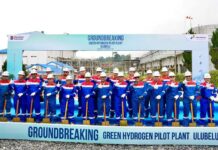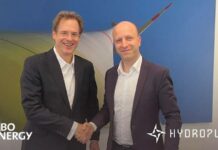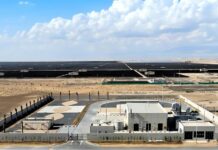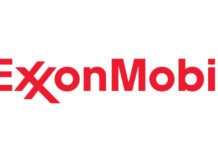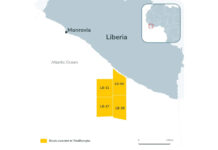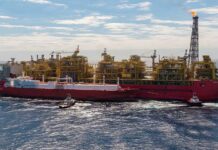At the World Hydrogen Congress, Jorge Batarce, Global Hydrogen lead at ABB Energy Industries discusses how Green Hydrogen is cutting across sectors and evolving as per the user needs. ABBs perspective on decarbonising operations throughout industries that suit best in the long run, their presence throughout regions and how the cost of production can be cut down are some of the many aspects that you will find interesting to read about in this exclusive interview with Power Info Today.
Hydrogen’s acceptance is picking up pace across the world. Tell us ABB’s stance on it throughout the various global regions and particularly in Denmark.
Green hydrogen can and must play a significant role as a new energy source to help decarbonize industry, especially in applications where it is unavoidable, such as ammonia for fertilizers, e-methanol for e-fuels for transport, and e-methane for power generation and heating. It also plays a key role in hard to abate sectors, such as iron and steel production, for the iron ore reduction process, as well as the pulp and paper and cement industries where its use is fundamental to the process for the reduction of CO2 emissions.
ABB is firmly committed to helping accelerate and enable the hydrogen market and believes that it has potential to play a key role in the energy transition. This has clearly been recognized in Denmark which is strongly poised for hydrogen development and expected to be one of the top producers of low-emissions hydrogen in northwest Europe by 2030, according to the International Energy Agency. The Government has set a goal to install 4–6 GW of electrolysis capacity by 2030 to produce green hydrogen.
More than 70% of the expected annual production of low-emission hydrogen, which to be exact is 38 million tonnes every year by 2030, will be based on electrolysis and low-emission electricity, yet there is a big gap in electrolyser capacity. What is ABB’s view on how we progress green hydrogen development?
Firstly, we need to speed up scale on electrolyzer capacity so that we can maintain momentum on green hydrogen projects. By doing so, we can reduce the cost, which is critical given that electrolyzers account for the majority share of the CAPEX. The ambition is there, with manufacturers announcing plans to expand to 155 GW per year[1] of manufacturing capacity by 2030, an 11-fold increase from the approximate 14 GW available today.
Secondly, we need to support the integration of electrolyzers into the process to enhance efficiency, and therefore help optimize the levelized cost of hydrogen (LCOH), which is the main priority. ABB supports our customers in this area with a tailored three-step process which assesses the design principles of the electrical architecture and the technology selection criteria. This allows for a standardized and modularized Balance of Plant (BoP), which includes everything upstream, downstream and around the electrolyzer. The BoP is the building block by which hydrogen projects are scaled, but it needs to account for a project’s specific need to achieve this.
Success will require continuous innovation and testing to improve performance metrics for electrolyzers. This is why we’ve formed an alliance with Danish company Topsoe and US engineering and construction company Fluor to support a standardized concept for electrolyzer production which will help address this by reducing cost and improving efficiencies.
Also, for green hydrogen to become more easily accepted, the LCOH needs to be competitive. To put this into context, around 70 percent of the total operating costs required to make green hydrogen are estimated to come from the renewable electricity needed to power the electrolyzers. For hydrogen to increase its role as a driver of decarbonization – and scale up to the gigawatt levels required – it must achieve cost parity with other processes.
Please give us an overview of the Power-to-Ammonia plant in Ramme, Denmark, which has Skovgaard Energy, Topsoe, and Vestas as partners. How is this going to help with hydrogen production in the region?
ABB is proud to be involved in this project – the world’s first dynamic green power-to-ammonia plant – in West Jutland, which was officially inaugurated in August 2024. We are responsible for the electrical integration and advanced process control of the plant. It operates in a highly dynamic mode, which means that production is enabled only when renewable energy is available and gears down when no renewable energy source is present. This allows it to adapt to fluctuations in energy supply and differentiates it from other types of power-to-X plants, which are directly connected to the grid.
It is an important development for the region in enabling stable and reliable control and integration of renewables to power low carbon fuel production facilities. Also, if scaled it is expected a lower OPEX can be achieved which can provide a blueprint to build more dynamic and cost-optimized plants in the future.
With climate change raising eyebrows the world over, discuss the possibilities of raising the bar of green hydrogen’s production, especially in the areas that have started taking a toll on the environment faster than anyone would have thought.
ABB is working with partners around the world to automate, electrify, optimize and decarbonize industrial operations, especially in hard-to-abate sectors, in a leaner and cleaner way. At ABB we call this ‘Engineered to Outrun’.
By optimizing operations, we can unlock the economic and environmental benefits of green hydrogen. At ABB we believe that the greenest energy is the energy you don’t use, which is why last year we launched our energy management system ABB Ability™ OPTIMAX® specifically for green hydrogen. It strategically directs energy flows and assets to ensure that industrial processes run in the most efficient way possible with minimal losses, helping reduce energy costs by up to 20 percent.
Just for an understanding of our viewers, when we talk of production, tell us something about how electrolysis differs from biomass gasification?
Both methods – biomass-based green hydrogen and electrolysis-based green hydrogen – aim to produce hydrogen in an environmentally friendly manner, but they differ in their processes and economic viability. The main difference between the two is with regard the availability of the required resources and the scalability of the overall process.
Biomass gasification is the process for converting solid biomass fuels into a combustible gas mixture including CO2, H2 and traces of CH4. Resources can be limited and not well distributed geographically, which limits opportunity to scale. This contrasts with electrolysis-based green hydrogen where renewable energy and water are more widely available, meaning less limitations on scaling up. This makes green hydrogen more attractive and globally available, which supports energy security aspects as a result.
Policy and investment
Business case conceptualization is the first step when structuring a project, with incentives and policies playing an important role as an enabling factor for several applications and technology developments.
This approach is geography specific. Aligning the overall challenges of the value chain is key so that the multiple dimensions related to structuring a compelling business case can be solved. Some aspects could relate to the price bands of energy, the end products and offtake agreements, or the impact of global logistics.
Policymakers can support the development and deployment of low-carbon hydrogen solutions by setting a stable environment for businesses and investors to operate within.
Final comment
I am optimistic that with continued collaboration and knowledge-sharing, we can leverage the latest process and technology innovations to reduce production costs – ensuring green hydrogen and its derivatives will play an important role in the global clean energy mix.
Author:
 Jorge Batarce
Jorge Batarce
ABB Energy Industries
Jorge Batarce, Global Hydrogen lead at ABB Energy Industries



